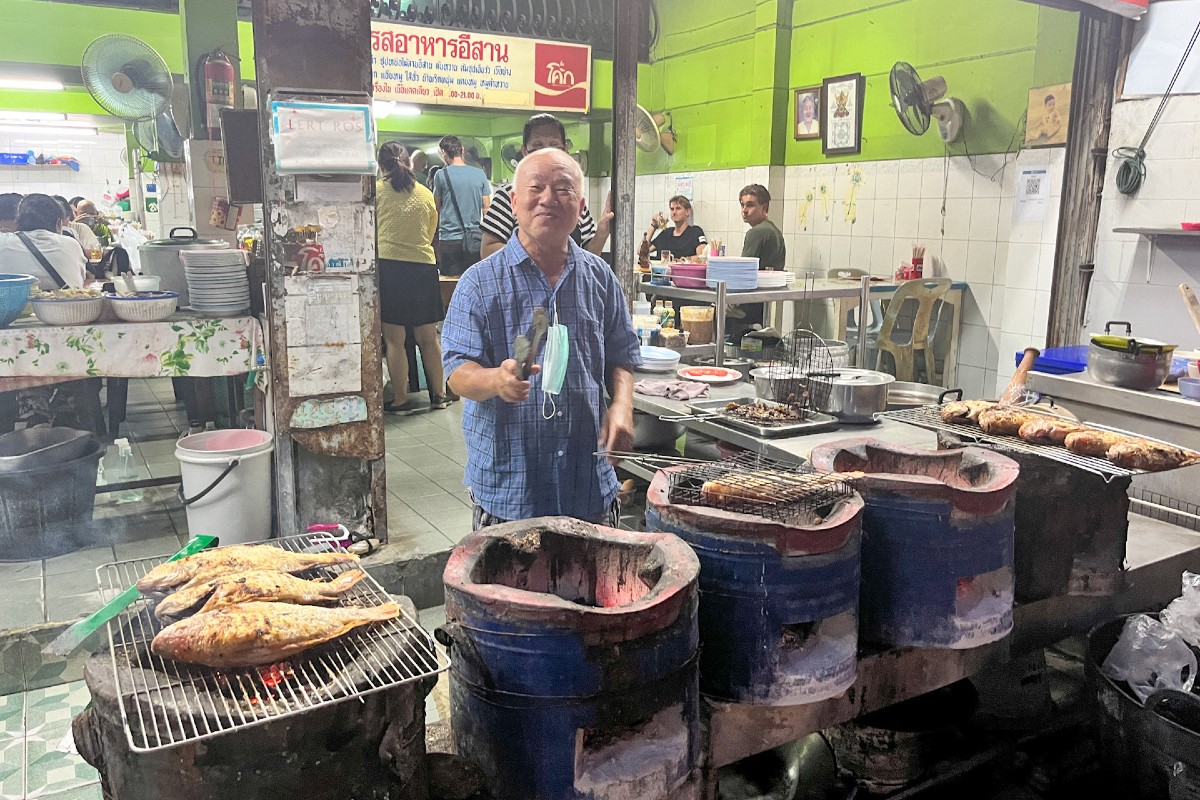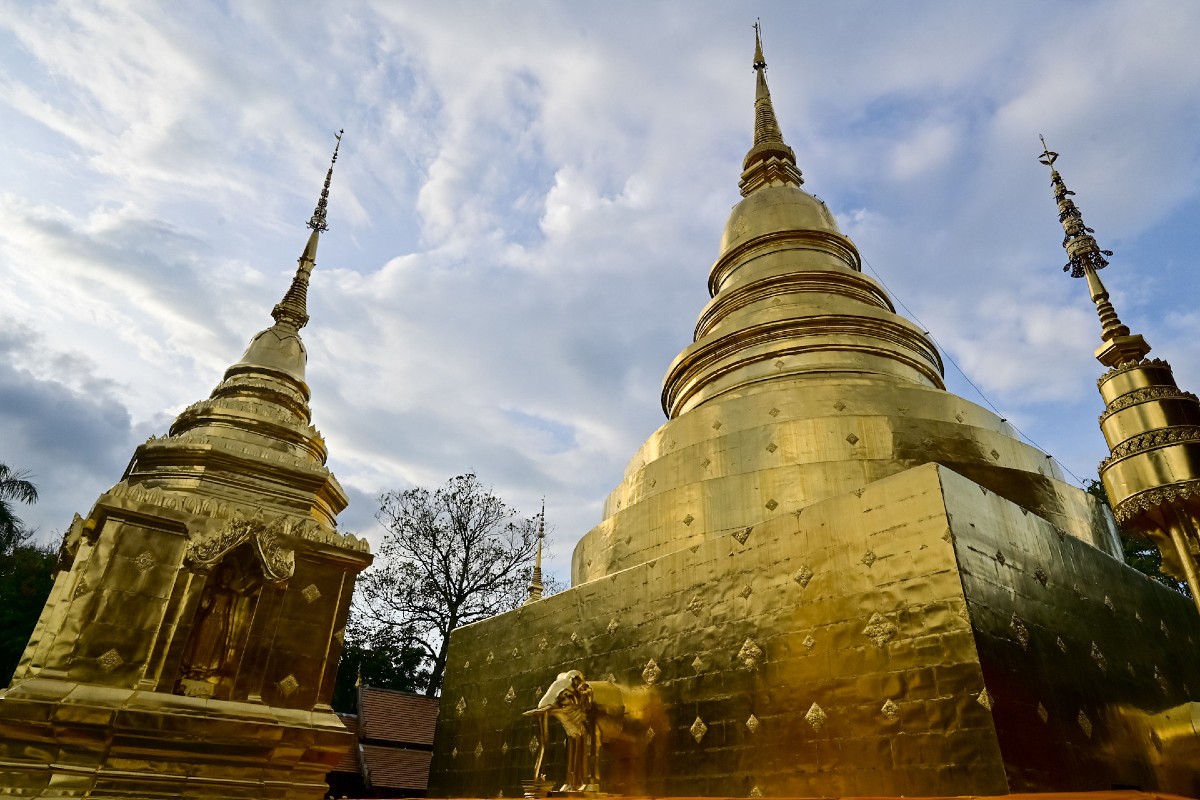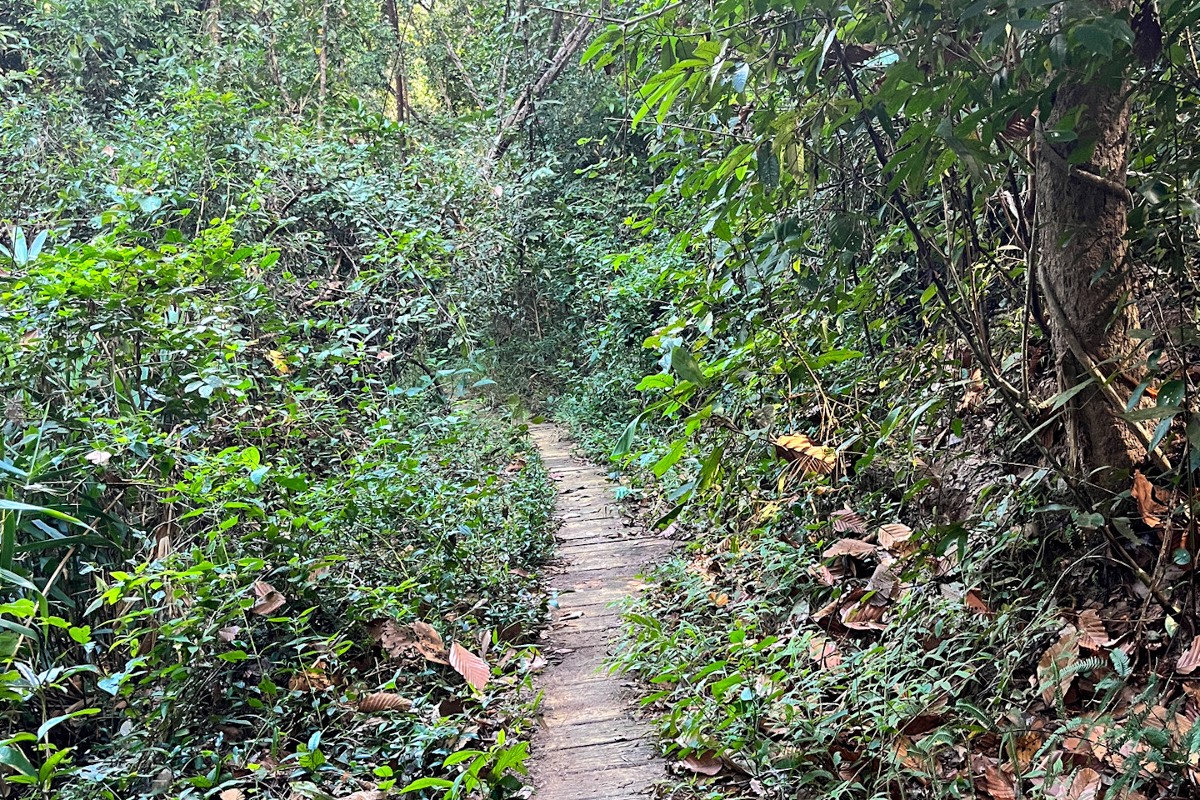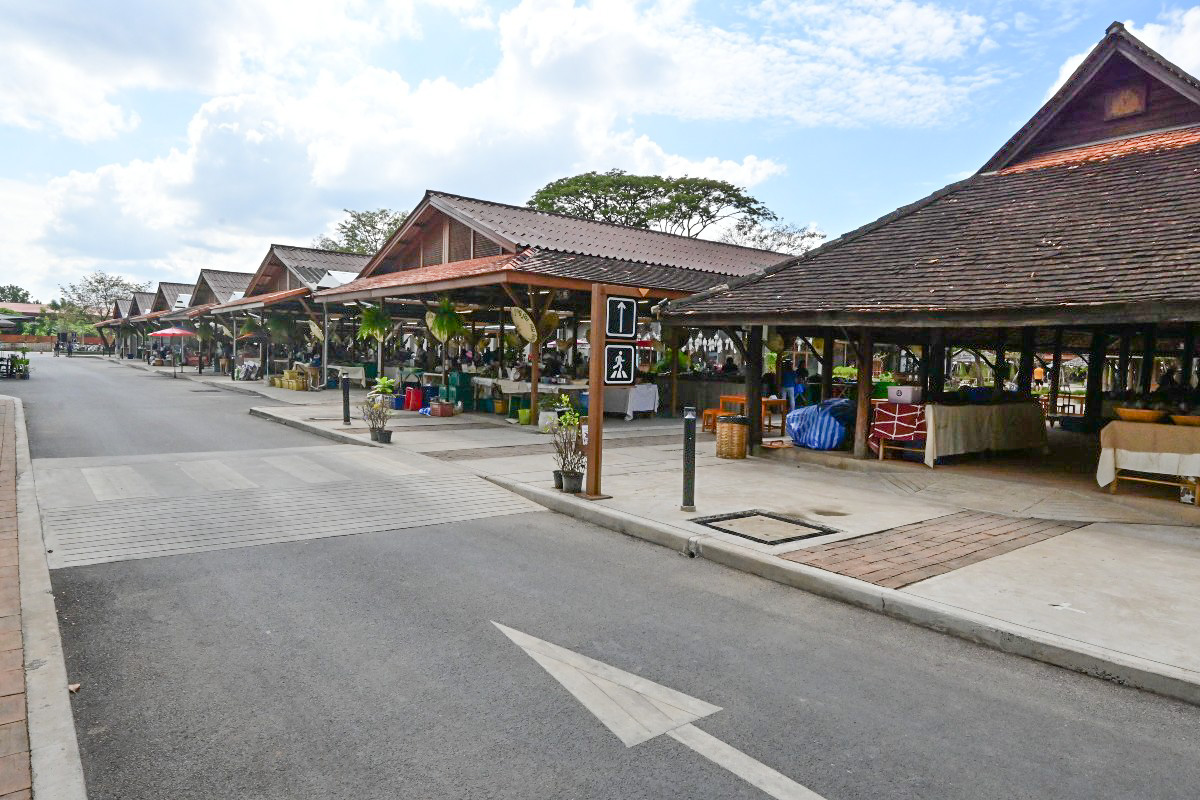With its stunning array of temples, delicious food scene, hopping nightlife, gorgeous natural opportunities, and all-around laid-back atmosphere, there’s a lot to love about Chiang Mai, Thailand. Beyond its abundance of awesome experiences, this moderate-size city also offers a high standard of living at a relatively low cost, along with a well-developed visitor infrastructure. It’s no wonder that it’s become so popular with travelers over the past two years, particularly among the remote working “digital nomad” crowd.
I’ve had the pleasure of spending several months in Chiang Mai over the years, and I’ve come to know it well. The best time to go is between October and April when temperatures cool off a bit (though it never really gets cold), but keep in mind that February tends to bring a few months of smoky air — sometimes uncomfortably so — as the country burns its dead crops. November in particular can be an excellent time to visit, as this is when the Chiang Mai Lantern Festival occurs, when thousands of paper lanterns are lit and then released into the sky.
Whenever you go, here’s what you should do.

Enjoy the food
Thailand has some of the best food in the world, and Chiang Mai in particular is renowned for its restaurant scene. The food scene here boasts a vast array of both Thai and international food options, meaning you’ll never run out of great things to taste no matter how long you stay.
For an outstanding example of Thai cuisine, head downtown to Lert Ros, where you should order the fish, prawns, papaya salad, and a plate of grilled beef or pork. If you’re in the mood for a smattering of street cart options, check out the Chang Phuak Gate Night Market, where you’ll find an expansive array of dishes to sample.

See what’s wat
“Wat” is the Thai word for a Buddhist temple, and Chiang Mai has the most in Thailand — some 300 in total. These stunning works of tranquil architecture are literally all over the place, and you will stumble upon them all the time. Downtown, the must-sees are 600-year-old Chedi Luang and Phra Singh. After a short motorbike or cab ride into the hills outside the city, you’ll find Phra That Doi Suthep, a sprawling, beautiful complex in the forest.
Keep in mind that there is a dress code when visiting most wats. Shoulders must be covered, so no tank tops allowed. Knees must also be covered, so no shorter shorts or skirts either. In some cases, wraps or loose pants are sold outside the temples for those who arrive showing too much skin.

Get a massage
Thailand is the land of great massages, hence the phrase “Thai massage.” Unsurprisingly, there are a lot of great massage opportunities in Chiang Mai.
Located near the northern edge of Old City, Lull & Chill is my go-to. The prices are great, the atmosphere is peaceful, and —most importantly — the quality of the massages is outstanding. What’s more, it’s located conveniently near the Chang Phuak Gate Night Market, so it’s the perfect place to stop off for a massage before browsing the food carts.

Go bar hopping
Chiang Mai has a lively bar scene, making it very easy to enjoy yourself until the wee hours. There are bustling bars all over the place, so you won’t have trouble finding one.
A few recommendations to get you started include the White Rabbit or Archer’s if you’re within the walls of Old City, and Caravan Bar or Forbidden Bar if you’re in Nimman.

Get out into nature
Chiang Mai is in the forest-covered mountains of northern Thailand and is surrounded by stunning outdoor opportunities. Close to town is a series of hiking trails at Huai Kaeo Waterfall. Two hours to the west is the vast hiking region of Doi Inthanon National Park. About an hour to the north is the famed Sticky Waterfall of Chiang Mai, and a short drive west of this is the Elephant Natural Park, where you can meet some rescued elephants.
There are shuttles that will take you to each of these, but the easiest way to get out wherever you’re going is via motorbike. A scooter will do fine for venturing near town, but if you want to head out further into the mountains, you’ll need a stronger bike. If you don’t know how to drive a manual motorcycle, a semi-automatic motorbike like a Honda Wave is a good option.

Shop the markets
Like pretty much every city in Thailand, Chiang Mai is full of great markets. These range from local wet markets, where you can buy produce and protein, to low-cost clothing and handicraft markets, to hip farmers markets.
Arguably the best is the Jing Jai Farmers Market, where you can find an array of clothing, food, leather goods, coffee, and other delights. The Chiang Mai Night Bazaar is also a great option. Here you’ll find a wide array of inexpensive clothing, jewelry, and so on, as well as a lively food court, where you can often enjoy some live music.

Stay someplace nice
There are a slew of accommodation options in town. If you’re looking for Chian Mai luxury hotels, one of the finest is Rachamankha Boutique Hotel, which somehow manages to provide a tranquil atmosphere right in the bustle of downtown. If you’re more into hostels, the Common Hostel offers a comfortable stay in a central location, and it has a nice communal area where you can meet other travelers. If you’re looking for a normal apartment where you can stay comfortable for longer periods, the Unique Condo Nimman has solid suites, motorbike parking, a pool, and a gym. It also offers convenient proximity to the MAYA Lifestyle Shopping Center.



